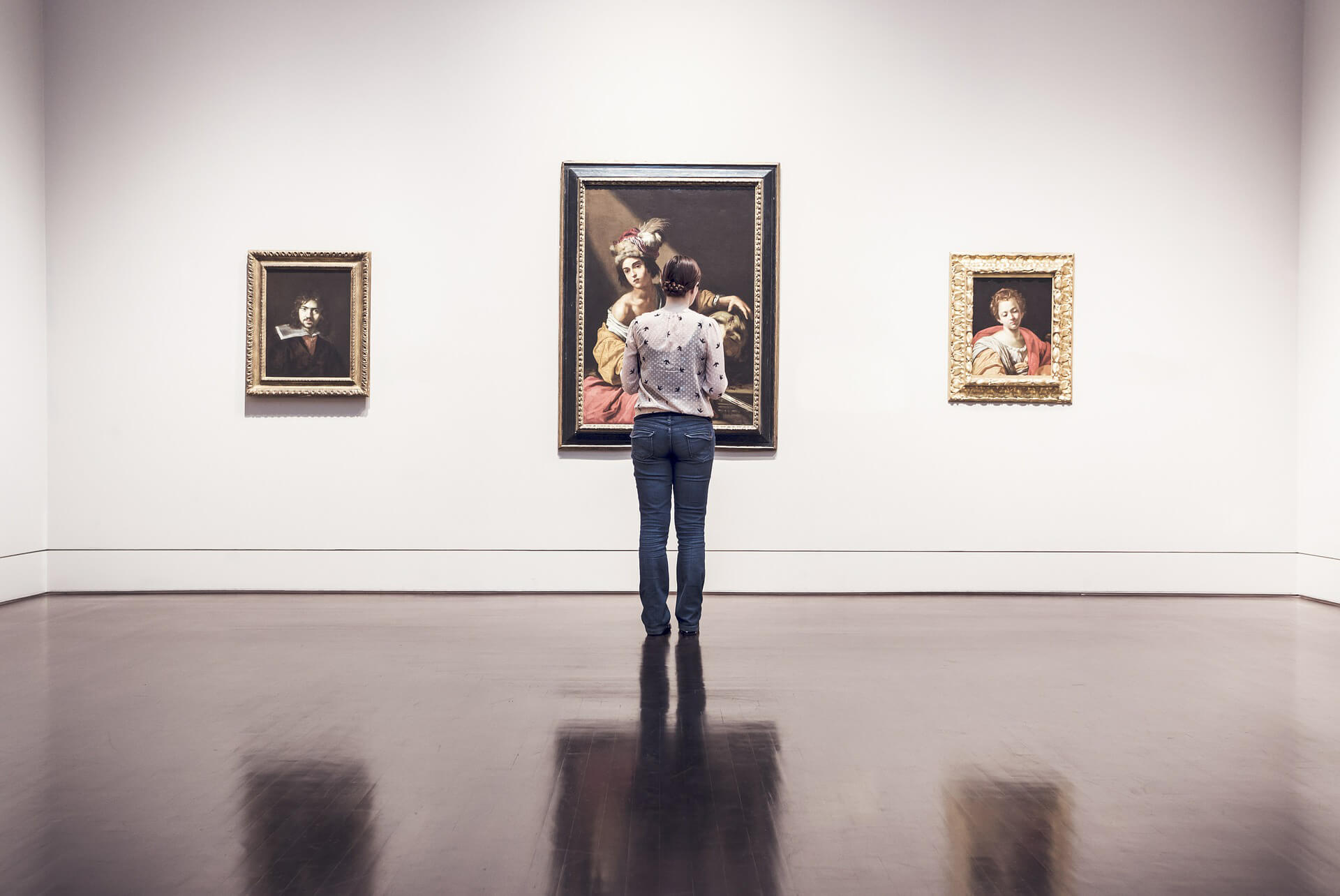China has one of the largest collections of precious cultural relics, and treasures because of its long history, deep culture and heritage. In Beijing Place Museum, it has over 1.5 million artifacts in multiple categories, including royal treasures passed down by previous dynasties, calligraphy and painting showcasing artistic and scholastic achievements, ceramics, jade, and bronze representing different eras of human development, and artifacts of all sorts reflecting craftsmanship and creativities. They are the pride of China, and also the common cultural heritage of mankind.
The top five masterpieces in the Palace Museum are listed and briefly described as follows:
- Along the River During the Qingming Festival (《清明上河图》, painting)
This masterpiece by the Northern Song Dynasty painter Zhang Zeduan (张择端, 1085-1145) depicts the prosperous scene of Kaifeng (开封) in the Northern Song Dynasty with delicate brushwork, including urban architecture, commercial activities, social outlook, etc. The painting is 5.28 meters long. It vividly shows the social life of the Northern Song Dynasty in the 12th century. It is also known as the “living encyclopedia of the Northern Song Dynasty”
- “Ping Fu Tie” (《平复帖》, calligraphy)
This is a calligraphy work by Lu Ji (陆机, 261-303), a writer in the Western Jin Dynasty. It is the earliest surviving calligraphy of a famous person. It is written on hemp paper in cursive script and contains a letter to a friend. It represents an important milestone in calligraphic art that transited from the official cursive style to the modern cursive style.
- Shen Zifan’s Kesi “Plum and Magpie” (沈子蕃缂丝《梅鹊图》, silk weaving art)
This masterpiece is the pinnacle of Kesi (a form of silk weaving ) craftsmanship in the Southern Song Dynasty (1127-1279). It is woven with the “through warp and broken weft” (“通经断纬”) technique. The tapestry has harmonious colors, and the plum blossoms and magpies are lifelike. The piece shows the exquisite Kesi weaving technique and is a treasure of the ancient Chinese silk weaving craftsmanship.
- Langyao Red Glaze Straight Mouth Bottle (郎窑红釉穿带直口瓶, porcelain vase)
This porcelain masterpiece was fired in Jingdezhen (景德镇) during the Kangxi period (康熙时期, 1661-1722) of the Qing Dynasty. It is famous for its bright red glaze, beautiful bottle shape, and glaze color like clouds. Langyao red (郎窑红) was extremely difficult to fire, and it was rare to find one in hundreds of kilns. It is the pinnacle of Qing Dynasty porcelain craftsmanship and embodies the unique charm of Chinese porcelain art.
- Jiuya Square Zun (酗亚方樽, unearthed bronze vessel)
This bronze masterpiece from the late Shang Dynasty (商代晚期, 1600-1046 BC) has a formal shape and exquisite patterns. It is a model of the ancient ritual vessels. Bronze vessels represent China’s transition from the barbaric era to the civilized era. This square vessel demonstrates the excellent level of casting technology at the time.
There are also other top museums in the country. Here are the top six museums, excluding the Palace Museum, and their masterpieces:
- National Museum of China (Beijing)
Masterpiece of the Museum: Houmuwu Ding (后母戊鼎, unearthed bronze ware)
The Houmuwu Ding is 1.33 meters high and weighs 832.84 kilograms. It is the largest bronze ware in existence. The body of the Ding is decorated with Taotie patterns, and the inscription “Houmuwu” (“后母戊”) on the inner wall reveals its sacrificial purpose. It represents the highest level of Chinese bronze casting technology.
- Shaanxi History Museum (Xi’an)
Masterpiece of the museum: Agate cup with gold-inlaid animal heads (镶金兽首玛瑙杯, unearthed treasure)
This masterpiece is an agate cup with gold-inlaid animal heads. It was unearthed and dated to the Tang Dynasty (618-907 AD). It has a unique shape with the animal heads inlaid with gold and the agate texture formed naturally. It is a unique jade carving from the Tang Dynasty showing the integration of both Chinese and Western culture.
- Nanjing Museum (Nanjing)
Masterpiece of the Museum: Jade Clothes with Gold Threads (金缕玉衣, unearthed treasure)
The masterpiece is a Jade Clothes with Gold Threads from the Han Dynasty (202 BC – 220 AD). It is made of thousands of jade pieces stitched together with gold threads, symbolizing the identity and status of a noble. The jade pieces are finely polished and the craftsmanship is complex, reflecting the superb jade production at the time. It is also a representative of the funeral culture of the Han Dynasty.
- Shanghai Museum (Shanghai)
Masterpiece of the Museum: Da Ke Ding (大克鼎, unearthed bronze ware)
This masterpiece Da Ke Ding is dated back to the Western Zhou Dynasty (1046-771 BC). The body of the tripod is decorated with exquisite animal face patterns and thunder patterns. It represents the artistic achievements of bronze ware in the Western Zhou Dynasty.
- Henan Museum (Zhengzhou)
Masterpiece of the Museum: Jiahu Bone Flute (贾湖骨笛, unearthed musical instrument)
This masterpiece Jiahu Bone Flute is dated back to the Neolithic Age, about 9,000 years old. It is made of the ulna bone of a crane. It can play seven scales music. It is one of the earliest musical instruments in the world, rewriting history and leading to the profound understanding of ancient music.
There are many more treasures not described here. Please see the Map of Museum and Artifacts for more details.




